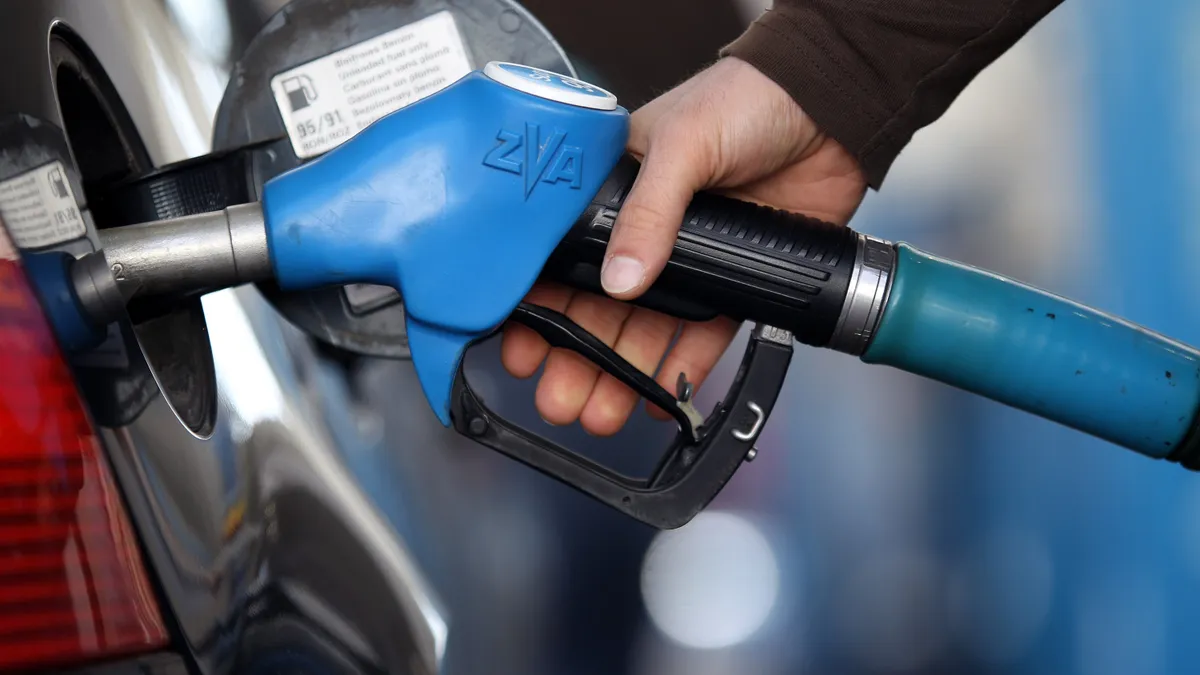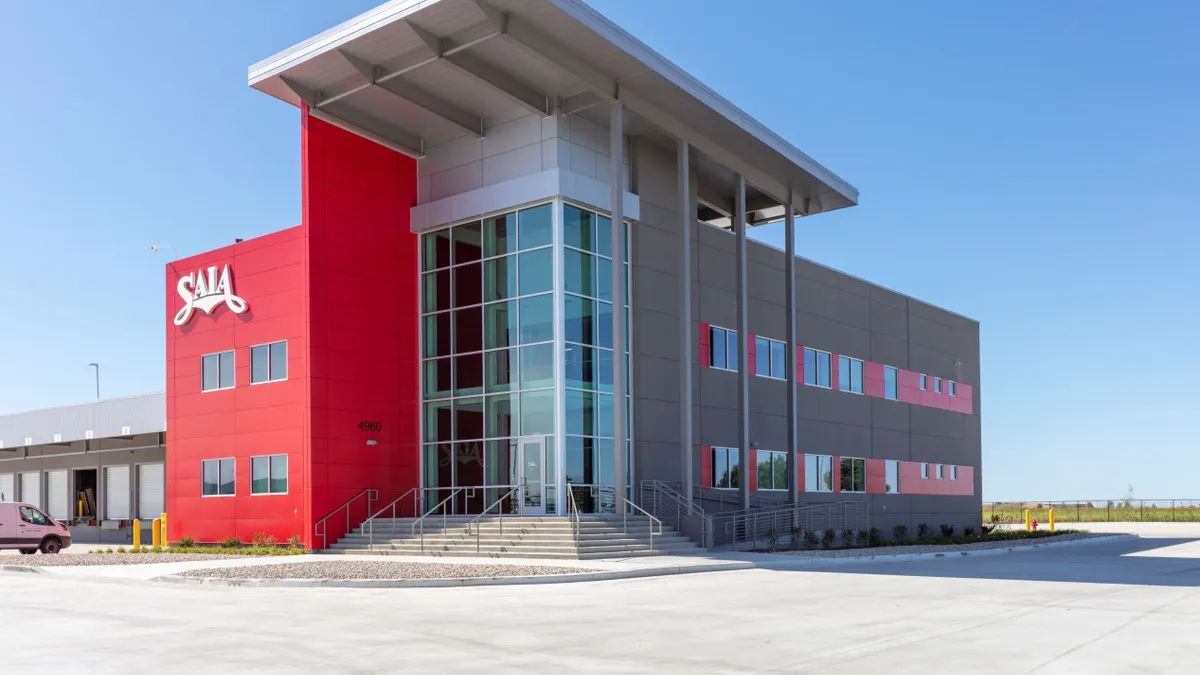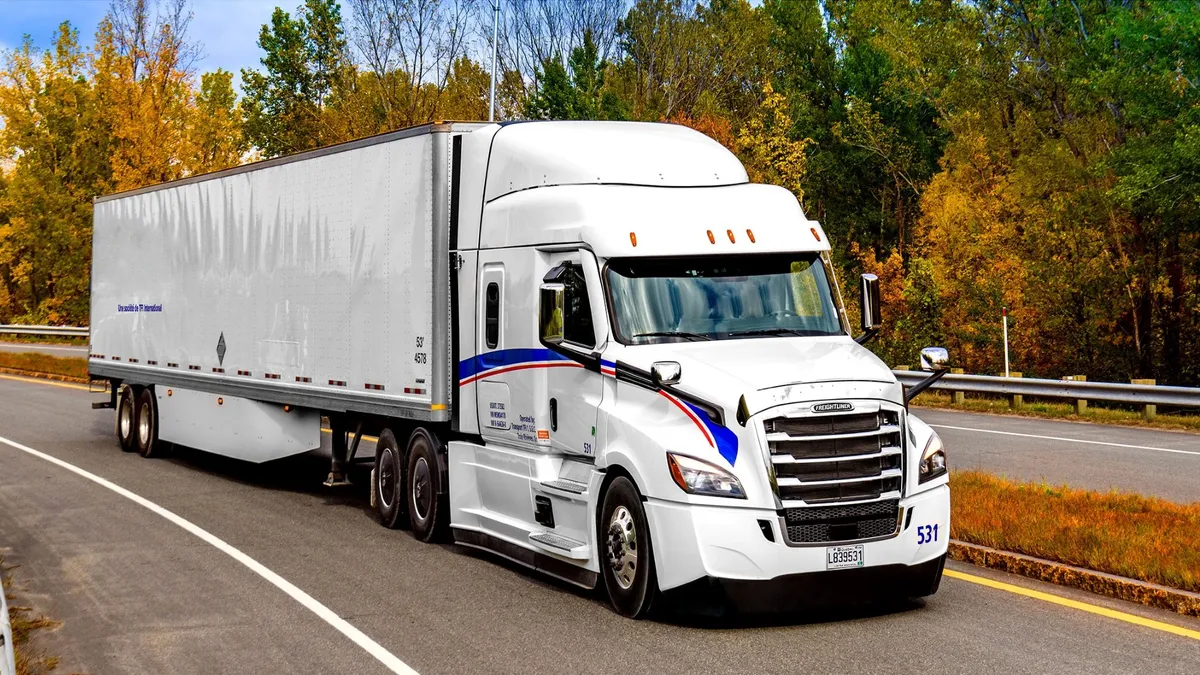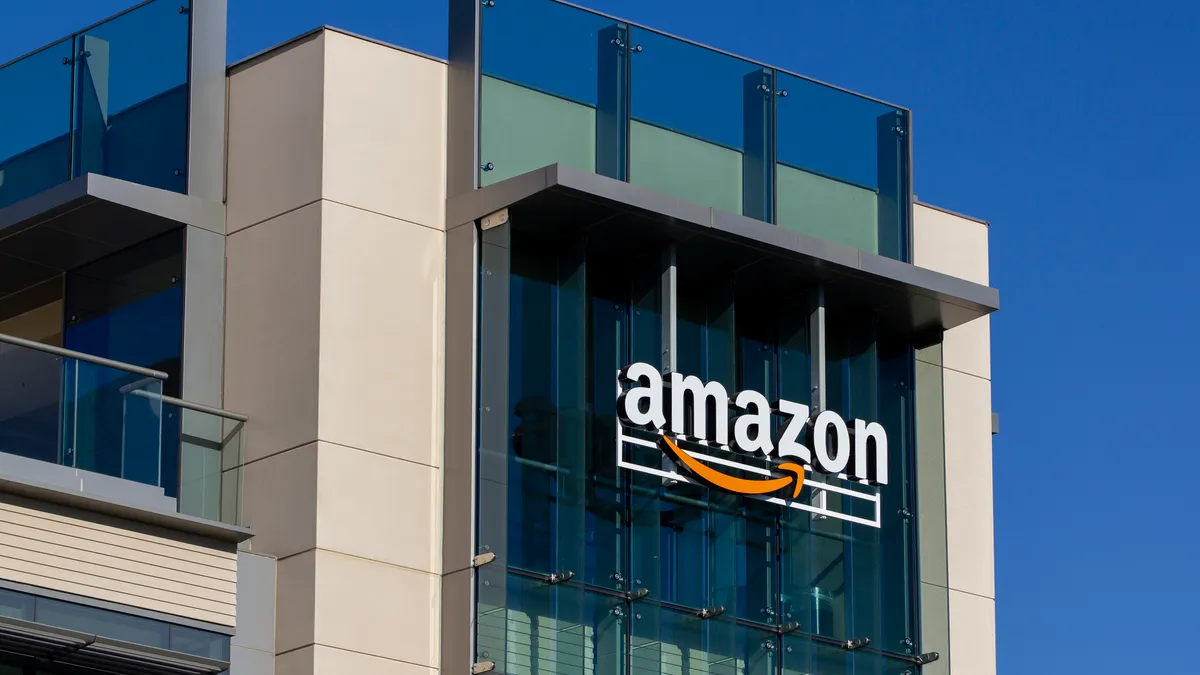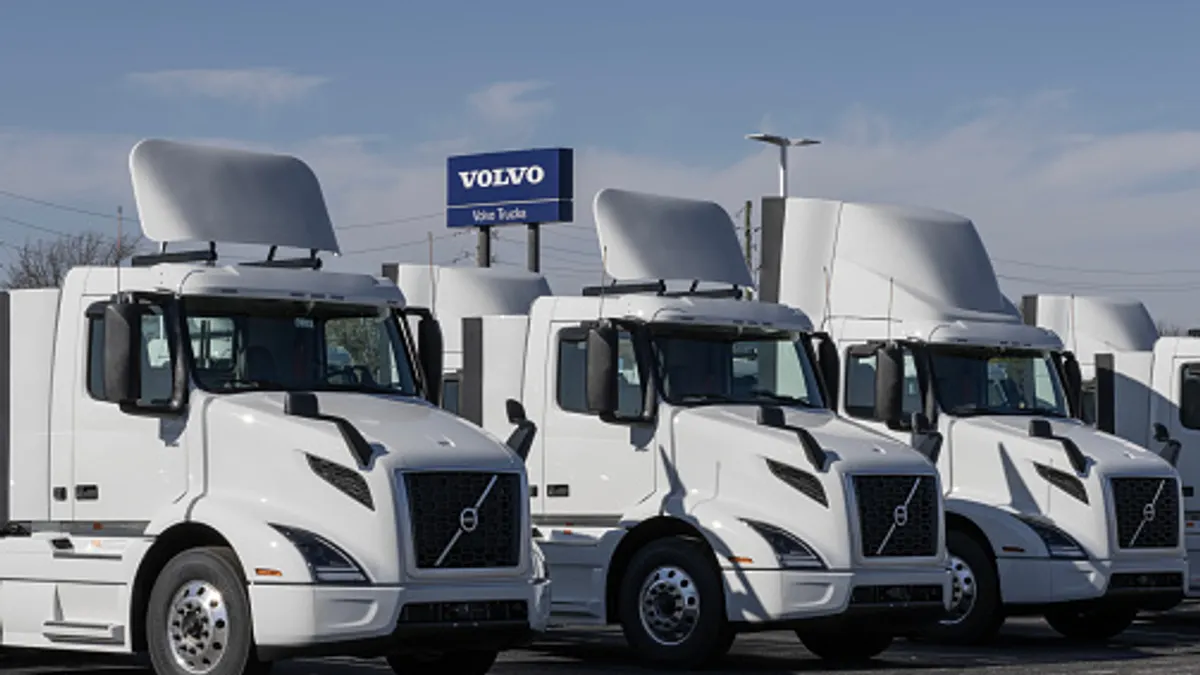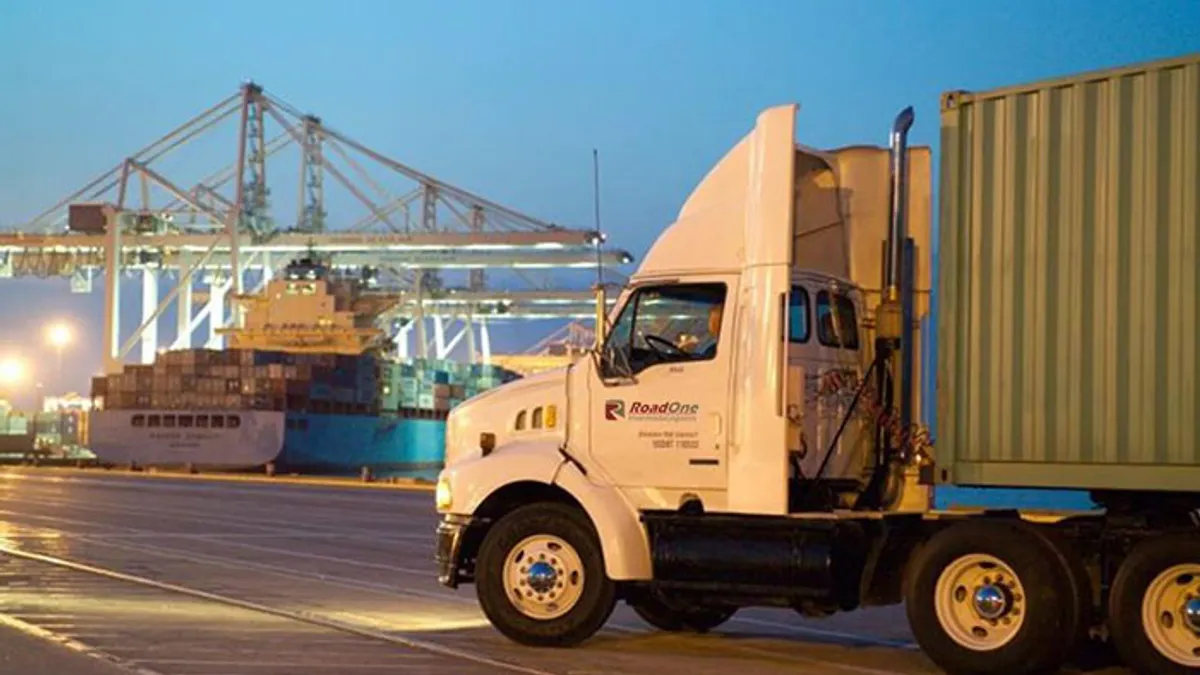While methods for combating c-store robberies, shoplifting and organized retail theft abound and are regular topics of discussion within the industry, retailers also need to make sure they’re protecting the forecourt.
There are many ways bad actors can strike at and around the fuel pumps. The one most people are familiar with is skimmers — a device that allows criminals to steal the payment details of customers.
While the number of cards compromised by skimmers rose more than 300% between 2021 and 2022, “the advent of new technology … has at least made it much more difficult” to place and operate one, said Scott Negley, senior director of product management at Dover Fueling Solutions.
He highlighted chip-and-pin technology as well as contactless payments, adding that demand for these payment methods is so high that more than 80% of the pumps sold by Dover Fueling Solutions now have RFID readers.
But that’s certainly not the end of the risk that retailers and consumers face.
“Some criminals are very adept at creating new ways to circumvent security technology,” said Karl Langhorst, senior vice president of operations for asset protection company ALTO USA and former senior director of loss prevention for Kroger’s former convenience division.
For companies still using older fuel dispensing and payment technology, vigilance is key. Physical inspection of the pumps inside and out can usually catch skimmers. Retailers can also use their phones to search for odd Bluetooth signals from their pumps, said Negley.
But skimming isn’t the only type of forecourt theft out there. Stealing fuel is also a danger.
“The amount of fuel theft in the industry — that’s another one of those costs that make it harder for us to do business,” said Scott Barrett, the director of fuels pricing supply and logistics for The Wills Group, during a NACS webinar on frictionless fuel management in September.
Experts said the problem rose as gas prices spiked over the past few years — especially for diesel, said Negley.
So how should companies protect themselves?
“A c-store operator does not have to turn their store into Fort Knox to reduce the likelihood of criminal activity,” said Langhorst. “They do, however, have to educate themselves about the types of criminal activity their store can be subject to, evaluate the likelihood of those crimes occurring … and then strategically decide what deterrent measures they want to put in place.”
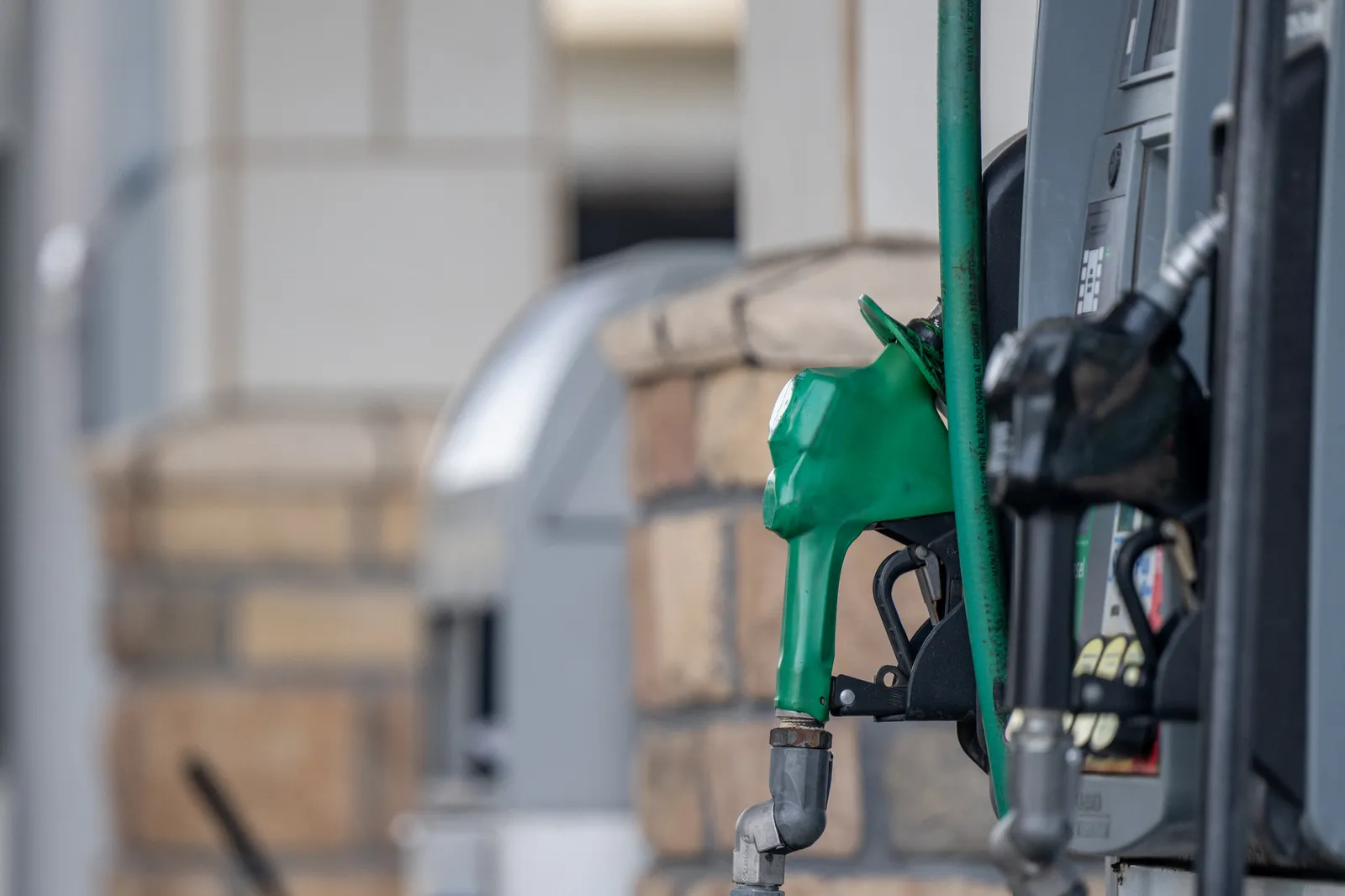
Bypass at the pump
If people understand the mechanics of a fuel pump, they can access it without paying by putting the dispenser into maintenance mode using a “jumper,” said Negley. This will remove the pump from the point of sale system temporarily — a setting mainly used by someone like a maintenance specialist, who might need to repeatedly pump gas to make sure that repairs are working correctly without having to keep getting authorization from the cashier.
Even if potential thieves don’t bypass the mechanisms that measure and charge for fuel, there are ways for them to garner massive discounts.
“There are devices now that you can actually use to mimic the dynamic rotation of a meter gear, which is actually where all the measurement takes place,” said Negley.
He said that because these mechanisms are exposed on certain fuel pumps, the machine can be tricked into spinning much slower. So if a thief reduced the gear from 100 pulses per minute to 10 per minute, they could pump fuel at a 90% discount.
As with skimmers, one of the most important things store owners can do is regularly inspect their pumps, Negley said. They should also keep an eye out for machines that say they’re out of service when they shouldn’t be.
Stealing from the tanks
The pump isn’t the only potential point of failure for fuel security.
“I’ve seen U-Haul trucks pull up over top of tank pads and and lower pumps down into fill tubes to try to steal gasoline from stations,” said Barrett in the webinar.
There are metal lids on these tubes that should lock into place. However, if a thief can get that lid off, they can access the large tanks and siphon fuel off.
“Secure underground tank covers and tank caps with reinforced, bolt-cutter-proof padlocks are a good deterrent to this type of fuel theft,” said Langhorst.
Analytics can also help retailers spot various types of fuel theft, said Negley. Companies can very quickly and easily know exactly how much fuel is in their tanks at any given moment.
So if “I all of a sudden see some significant reductions in my tank volume and there’s nothing coming out of my dispensers, well, that’s a flag,” Negley said.
“A c-store operator does not have to turn their store into Fort Knox to reduce the likelihood of criminal activity.”

Karl Langhorst
Senior vice president of operations, ALTO USA
Smart security steps
When looking to keep a c-store’s fuel safer, gathering information is vital.
“Owners can educate themselves on these threats through trade associations, both local and national, as well as speaking to their competitor counterparts to see what criminal activities they are experiencing,” said Langhorst.
He further noted that owners can reach out to local law enforcement, who may be willing to do security inspections for free. This has the dual benefits of helping a company identify potential weaknesses and can “build a strong relationship with law enforcement and make them feel welcome coming into [the] location,” he said.
When looking to make the fueling areas of a store more secure, some of the steps are surprisingly simple.
“A lot of times we’ll go to a site and the default password [needed to access the pump] is in the electronics,” noted Negley.
Since a number of people have to have access to that password, such as station managers, repair workers or even regulatory officials, it can be difficult to use a unique password, much less change that password regularly, he said. However, having an easy-to-guess password makes it easier for bad actors to access the pumps.
Retailers also need to make sure keys to pumps and covers are kept safe and away from potential wrongdoers.
Negley said that Dover Fueling Solutions has begun incorporating the ability to not only include cameras in fuel pumps, but also stream that video to the pump display to show users they’re being watched. He said AI may enable companies to take this technology even further.
“If you give the bad guys the right amount of time, material and know-how, they’re going to figure it out,” he said. “So all we can do is try to build up as many layers as we can to be able to prevent that.”



